
Latest updates on Technologies,tricks,Softwares updates for mobiles and much more....stay tuned...
Thursday, 9 January 2014
Hidden useful feature in Android 4.3

How to backup on android to PC
Step 1: Turn on Android USB Debugging
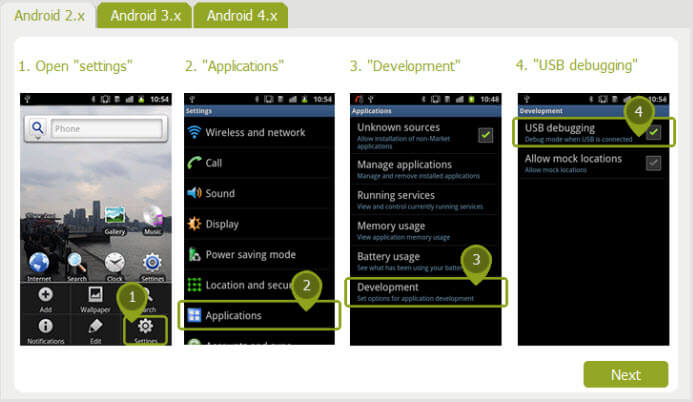
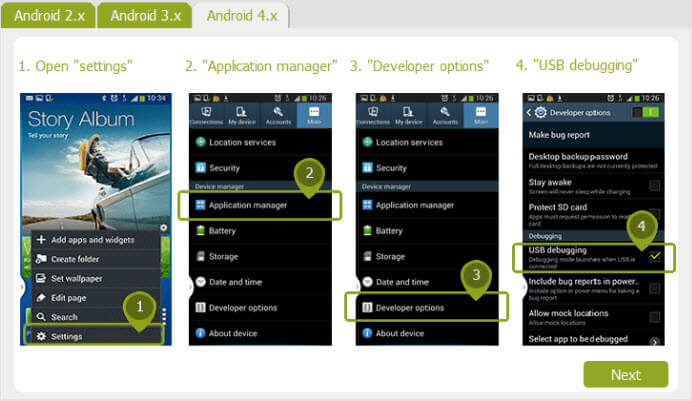

Step 2: Connect Android Phone to SyncDroid on PC
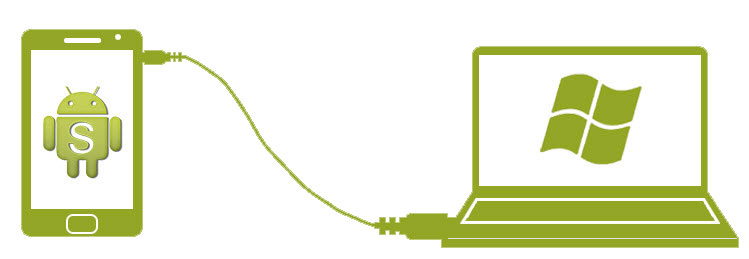
Step 3: Ready for Backup & Restore
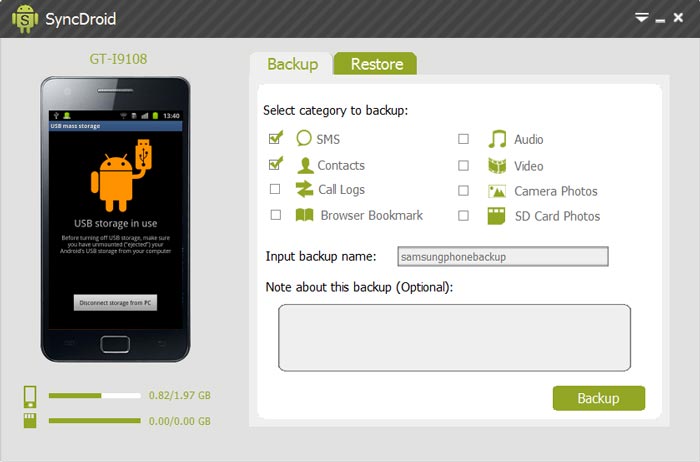
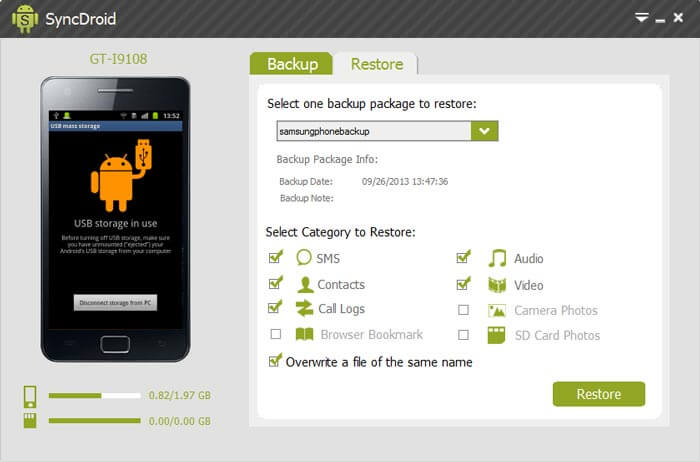
How to Enable Developer Options/USB Debugging Mode on Devices with Android 4.2/4.3 Jelly Bean
Features of Developer Options
- Enable debugging over USB.
- Quickly capture bug reports onto the device.
- Show CPU usage on screen.
- Draw debugging information on screen such as layout bounds, updates on GPU views and hardware layers, and other information.
- Many other options to simulate app stresses or enable debugging options.
How to Enable Developers Options on Android 4.2
- Open Settings> About on your Android phone or tablet.
- If you have a Samsung Galaxy S4, Note 8.0, Tab 3 or any other Galaxy device with Android 4.2, open Settings> More tab> About and tap it.
- If you have Galaxy Note 3 or any Galaxy device with Android 4.3, go to Galaxy Note 3 from Settings> General> About and tap the Build version 7 times.
- Now scroll to Build number and tap it 7 times.
- After tapping the Build Number 7 times, you will see a message “You are now a developer!” If you have a Galaxy S4 or any other Samsung Galaxy device with Android 4.2, the message reads as follows- “Developer mode has been enabled”.

- Return to the main Settings menu and now you’ll be able to see Developer Options.
- Tap on Developer options and mark the box in front of USB Debugging to enable it.
- To disable USB Debugging mode later, you can uncheck the box before the option
- To enable Developer Options, go to Settings> Developer options and tap on the ON/OFF slider on the top of the page.
Enable USB Debugging on HTC One:
- Open Settings> About> Software Information> More.
- Then tap “Build number” seven times to enable Developer options. Finally you will see “You are now a developer!” message on the screen.
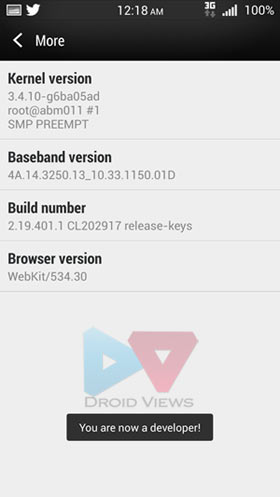
- Go back to Settings menu and now you’ll be able to see “Developer options” there.
- Tap it and turn on USB Debugging from the menu on the next screen.
Hiding Developer Options on Android:
Tuesday, 7 January 2014
Resetting BIOS password in WINDOWS
Question: When I start up the computer, it asks the start up
password? How to remove the Windows startup password?
The OS is Windows XP.
Startup password? Is it the BIOS password or Windows login
password? Does it ask for a password when you FIRST start
it on, like before Windows loads or after?
If it appears before Windows loads, it should be the BIOS
password. The BIOS is often used to describe a software
that is programmed into a ROM, that runs every time you
boot up a computer. And a BIOS password refers to a
password set on the Bios or security chip. It appears before
the operating system loads, usually on a black screen a few
seconds after the laptop is started.
If so, you can simply remove the BIOS password as this will
act to wipe clean all of the memory and settings in BIOS,
including the stored password. Then put it back after
15-30 minutes and the data contained into the BIOS
memory should be volatilized. If you are not good at
computer, it’s not advised to do it by yourself. Instead, you
can ask for help from a computer expert or your computer
manufacture.
If the startup password appears after Windows loads, it
should be your Windows login password. For this, you can
simply log on to another user account with admin privileges
with its password, and then reset the password for your
target user account by using following steps.
1. Go to Start button and click Run box.
2. Enter “lusrmgr.msc” in the Run box and click OK.
3. Expand the Users folder on the coming Local Users and
Groups window. You’ll see all the user accounts on the
computer.
4. Right-click your target user account and select Reset
password.
5. Enter a new password twice for the target account.
That’s all. Done! If you don’t have another admin account
available on the logon screen, you can have a try of the
default administrator account. It’s well known that the
built-in administrator in Windows XP is enabled and not
password protected by default. Press Ctrl+Alt+Del twice on
the Windows logon screen to bring up the classic log-on box,
type “administrator” in the username box and then press
Enter to try to get into the administrator account. If you
never set a password for this account, you’ll be able to get
into Windows. Next you can follow the directions listed above
to reset the lost Windows XP password. If failing to get into
Windows, you can resort to other methods, like third-party
Windows password reset applications.
Windows Password Breaker Professional is professionally
designed to reset forgotten login passwords for Windows 7/
Vista/XP and Window server 2008(R2)/2003(R3)/2000.
With this powerful application, you can burn a bootable
password reset disk with a CD/DVD or USB flash drive in
seconds in any PC. Then you can boot the computer you
want to reset password for from the bootable disk. After
that, you’ll be able to reset the forgotten Windows password
to blank in a minute.
The whole Windows password reset process will cost you a
few minutes, no matter how long and complicated your lost
password is. 100% secure guaranteed. No any data loss or
damage. No computer skills required. Video Guide and
step-by-step tutorial are available on its official website